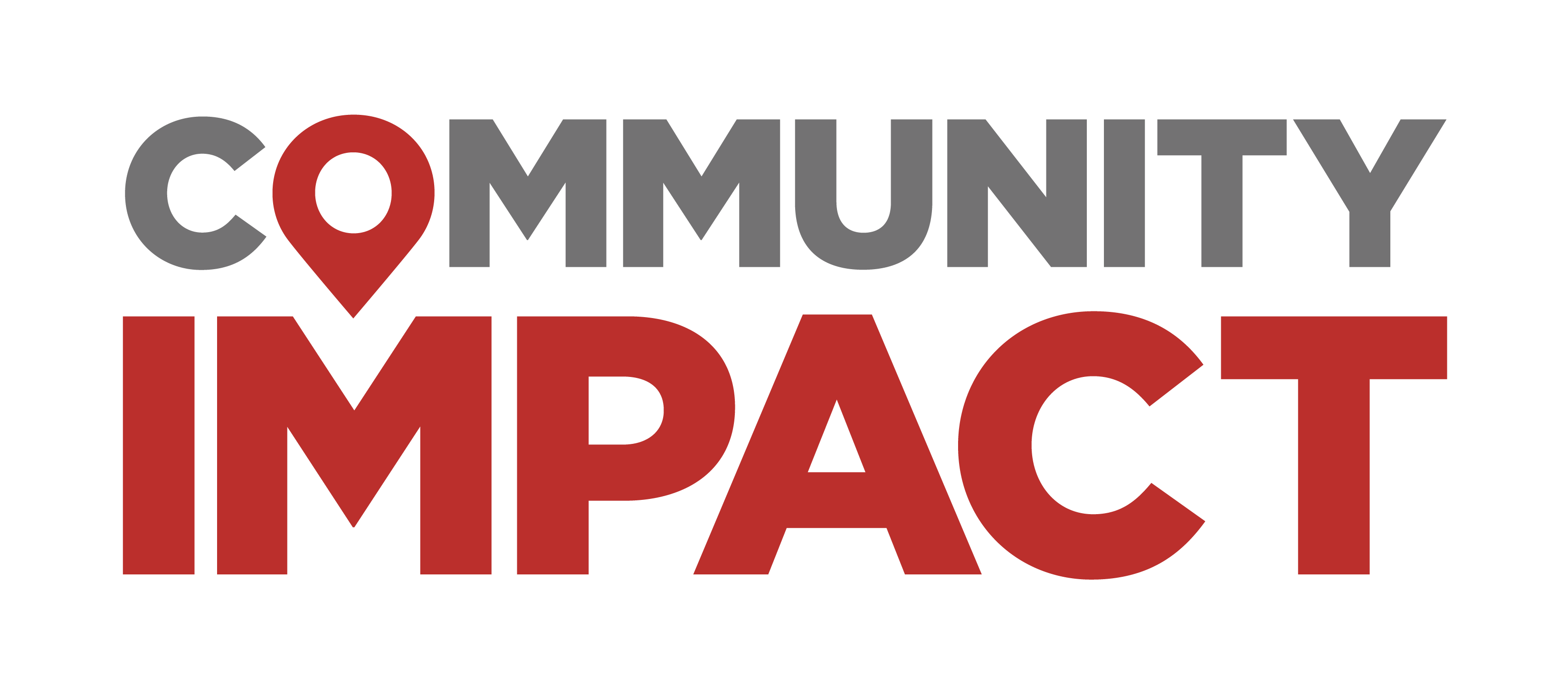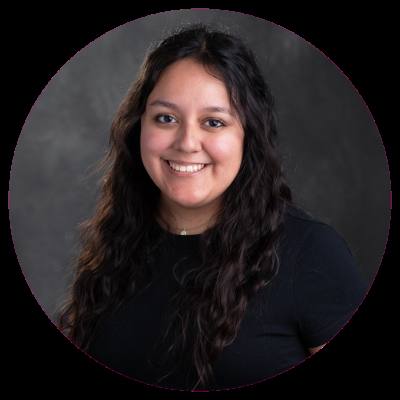Despite SISD’s overall enrollment decreasing by more than 3,000 students, the district has added nearly 1,000 students to its special education programming since the 2014-15 school year, according to data from the Texas Education Agency. In the same time frame, KISD’s overall enrollment has increased by nearly 3,700 students, and the district has added nearly 3,400 students to its special education programming.
For the 2024-25 school year, district officials said SISD has about 4,120 students enrolled in special education. Meanwhile, KISD started the school year with about 8,100 students in special education and had more than 700 students in the evaluation process as of mid-November, per district officials.
As a result, district officials said they’re looking to keep up with that trend, allocating more resources and hiring more professionals into their special education programming. Meanwhile, advocacy groups and school districts are looking to the state for more help on funding and programming to help meet student needs.The overview
Meeting special education needs has been a challenge for Texas, as the state has expanded how many students qualify for services, according to officials across different special needs advocacy groups in Texas. This change has led to many districts, including Spring and Klein ISDs, seeing an increase in the number of special education students they must serve.
“The increase has led to challenges with completing evaluations within the state timelines and ensuring we can provide the top quality student services that our families deserve,” said Kirsten Allman, executive director of special populations for KISD. “Despite these challenges at the state level, Klein ISD is strategic to mitigate these issues through innovation.”
KISD officials said one of those innovative strategies was allocating time within the work week for assessment staff to complete evaluations.
For SISD, meeting the needs has included increasing life skills and behavior support services on students’ home campuses, merging services, implementing assistive technology and providing additional training.
“We shifted from providing services according to student disability categories to looking at how the individual’s disability impacts their learning and provide services aligned to student needs instead of student disabilities,” said Ayana Lebron, executive director of special services for SISD.Diving in deeper
Students with disabilities who are part of general education classrooms are calculated in the average daily attendance allotment from the state, which has been $6,160 per student since 2019, according to TEA documents. The amount the state gives for special education students is weighted differently based on the accommodations the student receives.
While school districts are only required to spend 55% of their special education allotment, Spring and Klein ISD officials said they have historically spent 100% as their expenditures are “considerably higher” than the allotment.By the numbers
In both school districts, some of the special education services offered include in-class assistance through special education-trained paraprofessionals, specially-designed instruction provided by certified special education teachers and homebound instruction. Most recently, KISD opened its BRIDGE Center in August, which helps support adult learners age 18-22 who qualify for services as they transition to adulthood.
Rosanne Darcera Castillo, a parent of a sixth-grade student enrolled in special education at KISD, said the district works with the students and their parents toward a common goal.
“We have been blessed with Klein’s SPED program,” Castillo said. “We collaborate together with the same goals: to teach her how to manage her disability, be independent and to continuously improve her education.”
To keep up with a growing demand, district officials said they’ve had to get creative to fill positions amid a nationwide shortage of certified special education teachers and licensed staff.
In SISD, officials have partnered with Alliance Abroad and universities to provide more teachers with an emphasis on special education. In KISD, district officials have decreased staff vacancies by developing incentive programs for their most hard-to-fill positions.Zooming out
The state has seen a spike in students needing special education, which came after a series of investigations and lawsuits dating back to the late 2010s that found Texas was not providing special education services to enough students, said Jolene Sanders, advocacy director for the nonprofit Coalition of Texans with Disabilities.
Previously, Texas had an 8.5% cap on the number of students a district could classify as needing special education, Sanders said. Since removing the cap in 2017, that number has increased statewide to about 14% in the 2023-24 school year. For the U.S., the average number of students receiving special education services is 15%, according to the National Center for Education Statistics.
Sanders said this correction has also created more funding challenges. Advocacy group Disabilities Rights Texas noted in a 2023 report that school districts funded $6.3 billion worth of special education programs in 2020-21, of which the state paid for $4 billion.
Looking ahead
District officials said they are looking to the state’s upcoming legislative session in January and hoping for some changes to both funding and the special education model.
“Underfunded mandates and rising inflation costs have and continue to pose significant challenges to educating our students with the highest needs, and existing funding must be reallocated to meet the requirements of legal mandates,” Allman said.
Meanwhile, SISD officials said they are hoping to see a more flexible, student-centered model for special education.
“There are different levels of severity of needs among students that are in the same program,” Lebron said.






